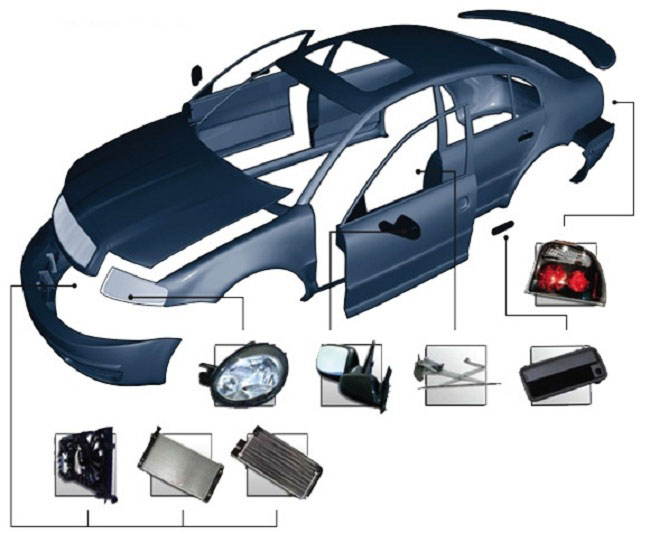Why Do Car Insurance Companies Use Aftermarket Parts to Repair A Vehicle?

If your car got damaged, your insurance company is required to repair your vehicle to its condition prior to the incident it got damaged. You will likely want your vehicle to be repaired with original equipment manufacturer (OEM) parts. Both OEM and third-party parts fit your vehicle perfectly. Some drivers might consider OEM parts to be better. However, your provider will likely pay cover for non-OEM parts. You can choose to pay the difference between the costs of aftermarket parts and OEM parts, but your insurer will only cover the costs of non-OEM parts. To repair your vehicle, you will have to go to an authorized repair shop. There, you will likely find out that your insurer has authorized the repair shop to use aftermarket parts. Fortunately, there are some ways to have OEM parts installed in your car, even if your car insurance company refuses to cover those parts.
If you want to get OEM parts when your vehicle is repaired, consider the following:
- Not all parts are available from non-OEM manufactures. Not all parts of a vehicle can be manufacture by third-party manufacturers. Some vehicles have parts that are made only by original manufacturers
- OEM parts are not always available. If you own an older car or a model that stopped to be manufactured, then OEM parts might not be available. In this situation, you will have to use aftermarket parts, even though you wanted to use OEM parts.
- Ask for OEM parts coverage in advance. Some insurers allow you to request to use OEM parts to your vehicle if it needs repairs. You can upgrade your policy to insist on using OEM parts to repair your vehicle, but you must do that before an accident. Most insurers offer this option to their customers. In exchange, you will have to pay more on your monthly premiums. Also, you should keep in mind that not all providers offer OEM parts coverage, and they will cover only aftermarket parts.
- Pay the difference from your pocket for OEM parts. Your provider will cover OEM parts in just a few situations. However, you are not forced to install aftermarket parts in your vehicle. You can choose to pay the difference between the price of installing OEM parts and the price of installing non-OEM parts. For example, if an OEM fuel tank costs $400, and a non-OEM fuel tank costs $300, then your provider would cover the $300 Non-OEM fuel tank and you would pay the $100 difference to get the OEM fuel tank. In this way, you will get superior parts for your vehicle.
Check our website for more info and free quotes. Check our Homepage!

